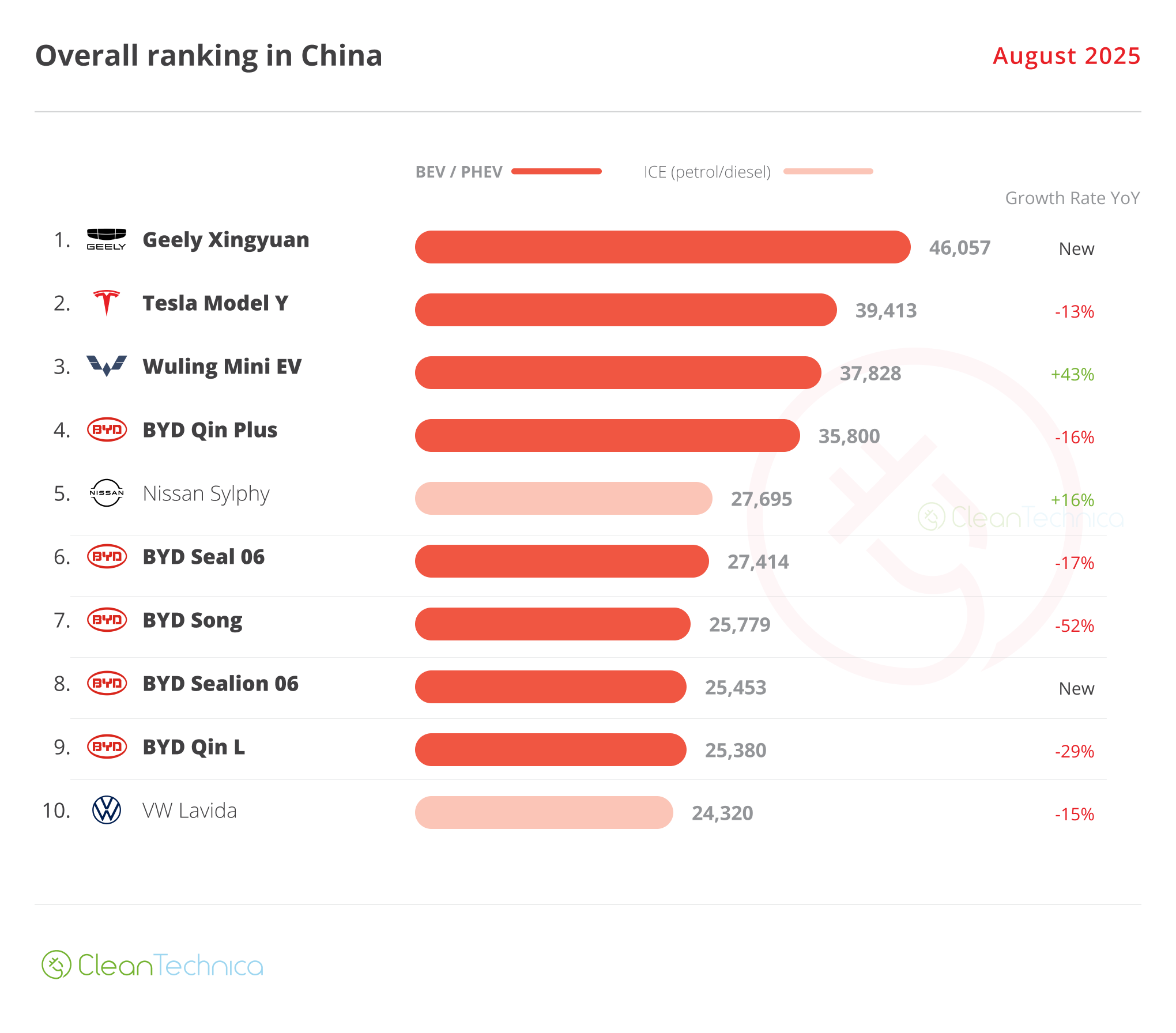Support CleanTechnica’s work through a Substack subscription or on Stripe.
Hawaii has the highest rate of rooftop solar power adoption in the US, on a per capita basis. It makes sense, as the power grid is largely (~65%) powered by imported fossil energy sources and is therefore predictably very expensive, at 42+ cents per kilowatt-hour. That makes rooftop solar a very attractive investment for Hawaii homeowners. Last week, Hawaiian Electric (HEI) released a statement showing that the high level of rooftop solar had hit a significant milestone — 1 gigawatt (GW) of installed solar power capacity.
According to the statement, rooftop solar has hit 44% penetration among single-family homes on Oahu, the state’s most populated island.
“This is a major accomplishment both in terms of providing our customers the ability to adopt clean energy technologies and helping reduce Hawaii’s dependence on imported oil,” said Kaiulani Shinsato, Hawaiian Electric Customer Energy Resources co-director. “It’s also a testament to the hard work of the staff at Hawaiian Electric to develop customer-friendly renewable energy programs over the years, working closely with the solar industry and other stakeholders under the oversight of the Public Utilities Commission.”
The Ulupono Initiative, a Hawaii-based impact investing firm focused on helping Hawaii transition to a sustainable future, lauded the accomplishment and added some great context. Michael Colón, Ulupono’s Energy Director, said: “one gigawatt of rooftop solar and storage, if treated as a single generating unit, would be approximately 14 times larger than the next largest renewable energy project, easily making it the largest renewable power plant in the entire state.”
Hawaii was the first state in the country to pass into law a mandate to achieve 100% of its energy from clean energy sources, with an original target date of 2045. HEI has ambitious plans for renewable energy development in the state, mostly from solar + BESS and biofuels, as you can see from its list of projects in the pipeline.
Residential solar is critical not just to add to the overall mix of clean energy, but also to increase resiliency — increasing the number of homes that have emergency backup power during outages can help the state weather any storm (literally), and create smart assets for optimization and demand response, which help alleviate peak demand and reduce energy needs from highly polluting and expensive peaker plants.
Sign up for CleanTechnica’s Weekly Substack for Zach and Scott’s in-depth analyses and high level summaries, sign up for our daily newsletter, and follow us on Google News!
Have a tip for CleanTechnica? Want to advertise? Want to suggest a guest for our CleanTech Talk podcast? Contact us here.
Sign up for our daily newsletter for 15 new cleantech stories a day. Or sign up for our weekly one on top stories of the week if daily is too frequent.
CleanTechnica uses affiliate links. See our policy here.
CleanTechnica’s Comment Policy




